Japan: PDSCL Update under Consultation and MITI updates the CSCL PAC List
The Japanese Ministry of Health, Labour and Welfare (MHLW) is located in Chiyoda City, Tokyo.
Photo credit: Peyrong Yang
Poisonous and Deleterious Substances List Update under Consultation
The Japanese Ministry of Health, Labour and Welfare (MHLW) is consulting on updating substances under the management of the Poisonous and Deleterious Substances Control Law (PDSCL). The updates are detailed in the MHLW notice on 28th April 2020.
The notice lists 16 substances, which are open for public comment until the 27th of May 2020. The two substances listed as Poisonous Substances are Cobalt(II) oxide and Dibutyl(dichloro)stannane.
The amendment affects both chemical suppliers in Japan and foreign suppliers exporting their substances or mixtures containing these substances to Japan. If you currently supply any of the proposed substances to Japan, you should start preparing for additional obligations today. Yordas’ regulatory experts are here to help you.
MITI updates the CSCL PAC List
Recently, the Ministry of Economy, Trade and Industry (METI) published an announcement to update Japan's "Kashinho", the Chemical Substance Control Law (CSCL) Priority Assessment Chemical substances list (PAC).
These six substances are added into PAC list (an annual reporting is required if the M/I volume is ≥1 t/y):
Hydrogen cyanide
Diethyl phthalate (DEP)
5-chloro-2-(4-chlorophenoxy)phenol
4,4-diamino-3,3-dichlorodiphenylmethane [synonym: 4,4'-methanediylbis(2-chloroaniline)]
Mixture of bicyclo[2.2.1]heptane-2,5(or 2,6)-diyldicyanide
Salts of poly[iminocarbonimidoyliminocarbonimidoylimino-1,6-hexanediyl] hydrochloride, limited to those formed with addition of a proton to the nitrogen atom
These three substances are removed from the PAC List:
o Pyridine-triphenylborane(1/1)
o N,N-Dimethylpropane-1,3-diyldiamine
o Manganese N,N'-ethylenebis(dithiocarbamate) (synonym: Maneb)











